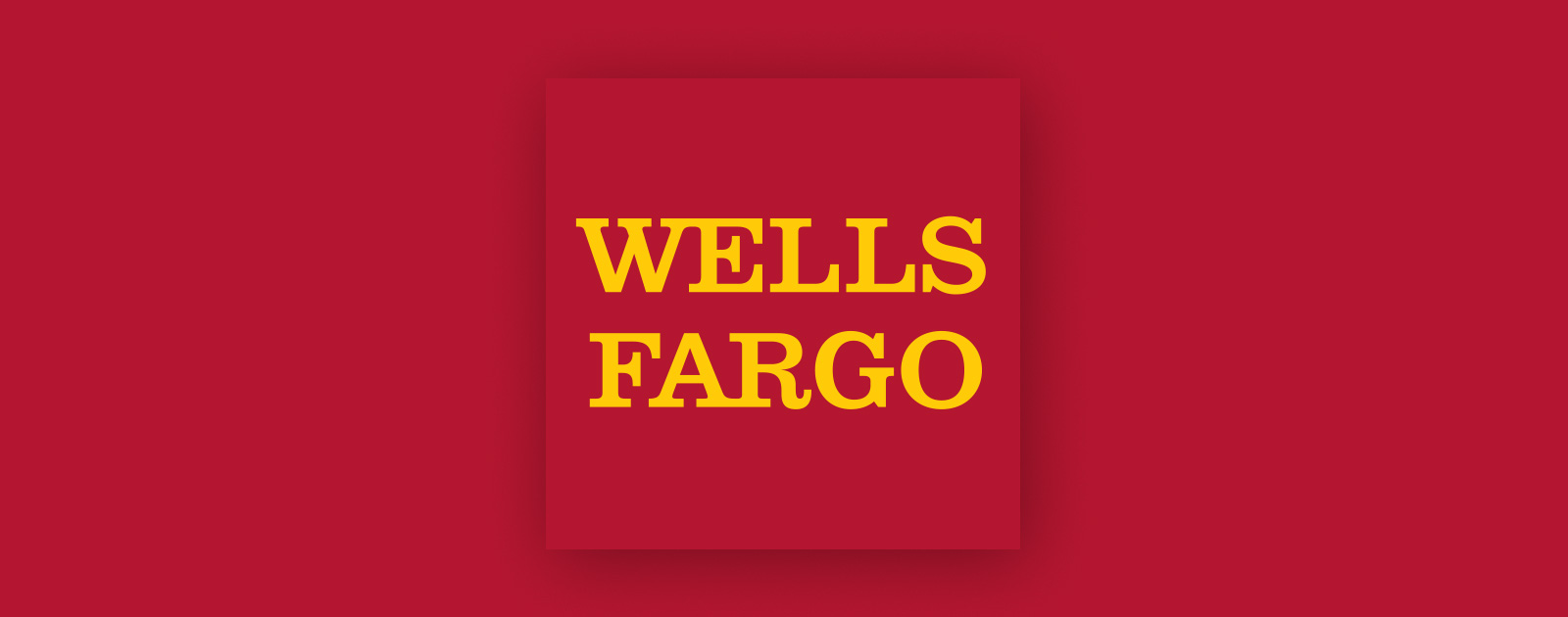Workplace design expert Stuart Finnie delves into the current trends in the legal sector’s office priorities and offers his thoughts on how law firms may operate in years to come.
The legal workplace is on the cusp of a major transformation, with COVID-19 forcing even the most traditional of firms to reevaluate their ways of working.
The legal sector has always favoured the traditional workplace and has previously struggled to consider remote working as an option. Now, however, there is an acknowledgement that work can be done outside a physical workspace. In fact, a recent Unispace survey of some of the world’s largest employers found that more than half of employees (52%) expect their teams to return to the office by Q3 2021, but critically, not full-time.
In line with this thinking, firms are making changes. Freshfields and Linklaters have recently announced new agile working policies that will allow staff to work remotely up to 50% of the time, and Herbert Smith Freehills has announced that colleagues can work from home up to 40% of the time, even if all restrictions are eased.
But like any other sector, law firms must adapt and become more agile to address the ever-evolving needs of their teams and their clients. While many found themselves facing the challenge of working virtually over the past 18 months, new questions have now arisen surrounding the legal workplace of the future and ensuring that it is prime for the hybrid working world.
[ymal]
Mobility, collaboration, and flexibility
Though a physical working space will still be a priority, the future legal workplace will need to balance competing desires for mobility, collaboration, and flexibility. With this in mind, it is not only the physical workspace that needs to adapt, but rather the entire legal sector ecosystem, and this boils down to the tools and processes that firms use.
For example, many of the traditional paper-based processes used by law firms are going through a digital transformation, meaning that there is less need to be surrounded by paper resources like case files at all times. Electronic signatures and document management systems are also supporting the move to more digital practices. As a result, the spaces once occupied by legal libraries are being repurposed for more casual lounge areas and other staff amenities.
The perceptions surrounding work and how it is carried out are also changing in the sector. The pre-pandemic status quo demanded heavy physical attendance and presenteeism during core business hours, but many firms are rising to the challenge of breaking with this tradition and giving their employees more flexibility.
Additionally, a large portion of what lawyers do is done in collaboration, whether that is with local or cross-border colleagues and clients. Therefore, understanding what collaboration means for the legal environment, as well as unique workflows, is a key priority and needs to be factored into workplace design. 2020 data from Acritas notes that seven in 10 lawyers say there are barriers to collaboration within their firms, and though the use of collaboration tools has almost doubled in law firms throughout the pandemic according to Bloomberg Law, there is still more to be done.
The spaces once occupied by legal libraries are being repurposed for more casual lounge areas and other staff amenities.
The question of how to support working relationships effectively, both in person and remotely, looms large. There must be a variety of team spaces that colleagues can benefit from both in-person and virtually, that allows them to share information amongst their teams efficiently.
The right equipment is also essential to helping make hybrid working effective. We are seeing new technologies such as portable monitors and Owl Video Conferencing Cameras introduced to address the needs of a hybrid team, supporting in-office and remote participants and ensuring everyone has a positive, collaborative experience when working together.
Getting the balance right
There is not yet a clear, universally agreed answer to the definition of hybrid working as it is a work in progress. Businesses need to trial, adapt and evolve with immediate, medium and long-term solutions requiring implementation at different points. Hybrid suggests variety, and this needs to be matched in the layout of a workspace. Businesses often believe that hybrid working and collaboration mean that an open-plan workplace will be best, but in reality, there should be a variety of different spaces available.
Additionally, by having this variety of options to use, firms can ensure they maintain a level of formality to the office and have different spaces available depending on the client and the purpose of the meeting.
That said, we are seeing a more general shift towards less formal client interactions – the pandemic and home working has changed the balance of interaction between work and home, with people being given new insights into their clients’ and colleagues’ lives through Zoom or Teams calls. The question remains whether clients will want the same level of formality that was evident pre-pandemic.
The question of how to support working relationships effectively, both in person and remotely, looms large.
Attraction and retention of talent
The legal industry is also one that is prime for ‘learning from osmosis’, with associates often being paired with partners and other senior team members to shadow them and learn the ropes. Now, as firms adopt hybrid working practices, it is vital that more senior members of the team are still accessible and available to learn from.
While firms like Linklaters created around 600 online training sessions for trainee staff during the pandemic, in-person learning will still be crucial. Having a variety of workspaces available in the office can also help support in colleagues’ learning and development. By being exposed to more conversations, trainees are more likely to pick up knowledge by osmosis than compared to shadowing one partner. Anecdotally, it has been stated that younger team members have a higher likelihood of feeling more confident quickly if they are in a workspace that is open and fosters collaboration.
A one size-fits-all approach is no longer feasible
The workplace is no longer constrained by four walls but can exist almost anywhere. There is no longer a one size-fits-all approach. Spaces, tasks, experience and spend must all now focus on productive output, and the intent behind coming into the office.
Drawing people back to the workplace must be done carefully and sympathetically. Staff need to return to a space that supports their needs and workstyles, which requires an understanding of individual tasks and ways of working at all levels, from juniors through to managing partners.
Stuart Finnie, Regional Principal of Design for EMEA
Address: Devon House, 58-60 St Katharine's Way, St Katharine Docks, London E1W 1JP
Telephone: +44 020 8125 4600
Stuart Finnie is a skilled architect and interior designer responsible for managing design operations across the EMEA region with global workplace creation experts Unispace.

























